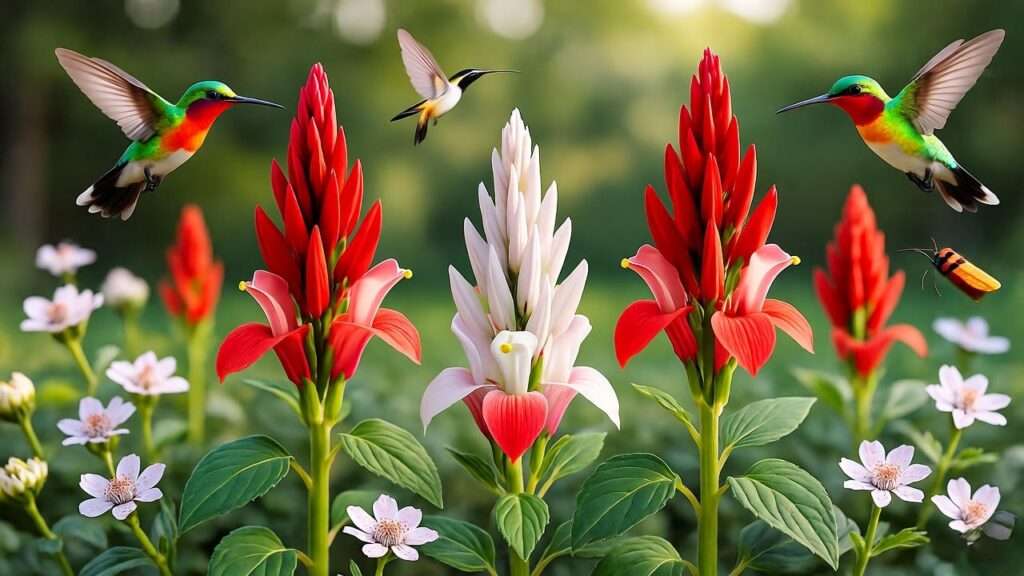Imagine a garden bursting with vibrant red-and-white blooms, hummingbirds dancing from flower to flower, and a low-maintenance plant that thrives with minimal effort. Meet the Hot Lips plant, a stunning Salvia microphylla cultivar that’s stealing the hearts of gardeners worldwide. Whether you’re a seasoned horticulturist or a beginner looking to add color to your yard, Hot Lips plants offer a perfect blend of beauty and resilience. In this comprehensive guide, we’ll share seven expert-backed care tips to ensure your Hot Lips plants flourish year-round, addressing common challenges and unlocking their full potential. Drawing from years of gardening experience and insights from top horticulturists, this article will empower you to create a thriving, pollinator-friendly garden. 🌸
What Are Hot Lips Plants? 🌸
Botanical Background
Hot Lips plants, scientifically known as Salvia microphylla ‘Hot Lips,’ are perennial shrubs in the mint family (Lamiaceae). Renowned for their bicolor flowers—vibrant red tips paired with crisp white bases—they create a striking visual effect. These aromatic plants, with their slightly fuzzy, sage-scented leaves, are native to the southwestern United States and Mexico. They typically grow 2–3 feet tall and wide, making them ideal for compact gardens or containers. Their adaptability to various climates, from arid deserts to temperate regions, makes them a versatile choice for gardeners.
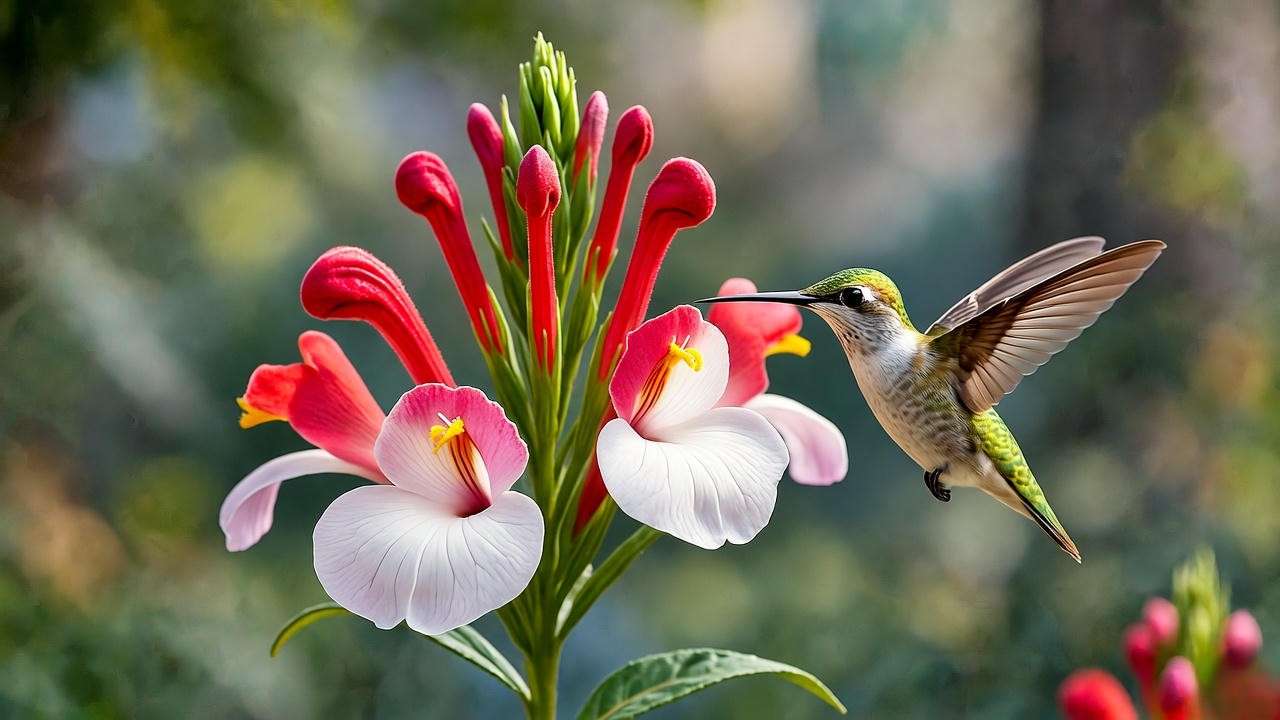
Why Gardeners Love Hot Lips Plants
Hot Lips plants are a gardener’s dream for several reasons. They attract pollinators like hummingbirds, bees, and butterflies 🦋, boosting biodiversity in your garden. Their versatility shines in various settings—think borders, rock gardens, or patio pots. Plus, their drought tolerance and low-maintenance nature make them a go-to for sustainable landscaping. “Hot Lips is a superstar for eco-conscious gardeners,” says Dr. Emily Carter, a horticulturist with over 20 years of experience. “Its resilience and pollinator appeal make it a cornerstone of modern gardens.”
Understanding the Needs of Hot Lips Plants 🌞
Ideal Growing Conditions
To thrive, Hot Lips plants need the right environment. They demand full sun—6 or more hours of direct sunlight daily—to produce their signature blooms. Soil should be well-draining and moderately fertile, with a neutral to slightly alkaline pH (6.5–7.5). While they’re hardy in USDA Zones 7–10, gardeners in colder climates can grow them as annuals or protect them in winter (more on that later). Testing your soil and choosing a sunny spot are the first steps to success.
Watering and Drainage Needs
Hot Lips plants require careful watering, especially during their establishment phase. Water deeply once or twice a week for the first season to encourage strong roots. Once mature, they’re drought-tolerant and need watering only during prolonged dry spells. Overwatering can lead to root rot, so ensure proper drainage. A layer of organic mulch, like bark or compost, helps retain moisture and keeps roots cool. 🌱
Tip Box: Is Your Garden Hot Lips-Ready?
- ☀️ 6+ hours of direct sunlight
- 🪴 Well-draining soil (test with a simple percolation test)
- 🌡️ USDA Zones 7–10 or container gardening for colder areas
7 Essential Care Tips for Thriving Hot Lips Plants 🌼
Tip 1: Planting Hot Lips the Right Way
Timing and technique are key when planting Hot Lips. Spring or early fall is ideal, allowing roots to establish before extreme heat or cold. Dig a hole twice as wide and as deep as the root ball, spacing plants 18–24 inches apart for air circulation. Mix in compost to enrich the soil, but avoid heavy fertilizers at planting. For container gardening, choose a pot with drainage holes and a diameter of at least 12 inches. Example: A 14-inch terracotta pot with Hot Lips makes a stunning patio centerpiece.
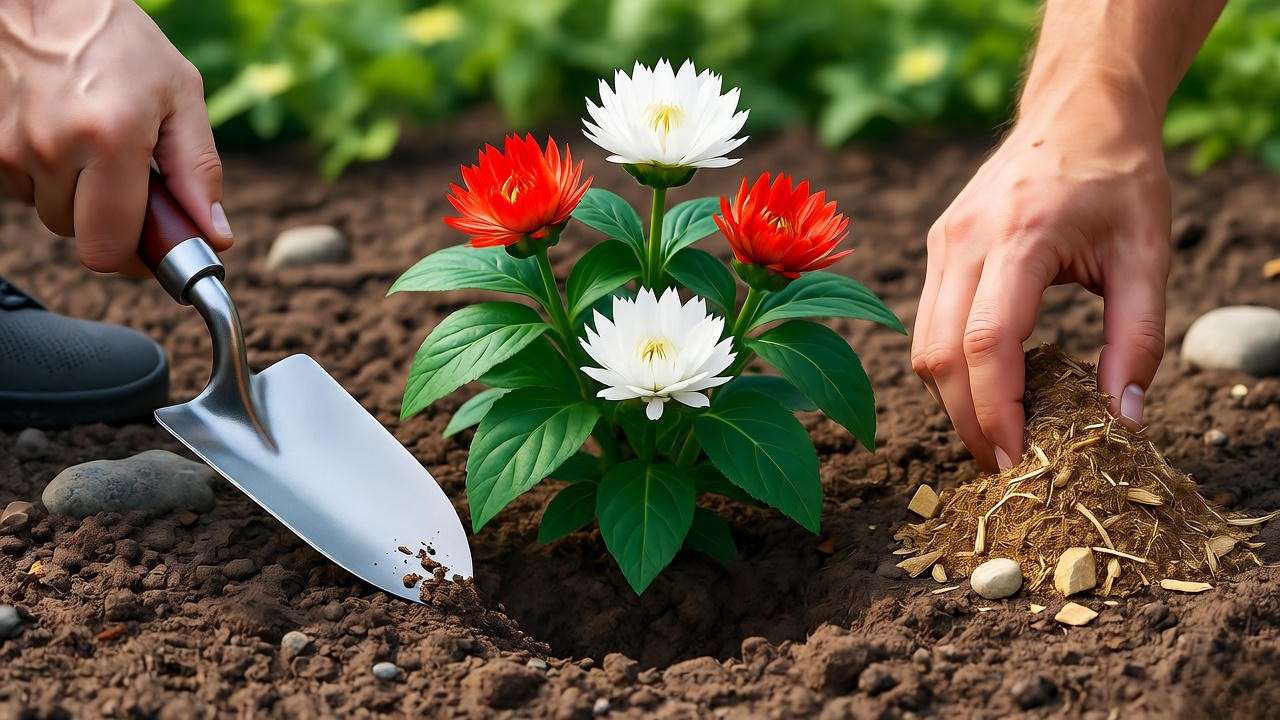
Tip 2: Watering Wisely
Watering Hot Lips plants is about balance. During the first year, water deeply every 5–7 days, adjusting for rainfall. Mature plants can go 10–14 days without water in temperate climates. Always check the top inch of soil; if it’s dry, it’s time to water. Use a soaker hose or drip irrigation to target roots and avoid wetting foliage. Mulching with 2 inches of organic material reduces evaporation and prevents weeds. Expert Tip: In hot climates, water in the early morning to minimize evaporation.
Tip 3: Fertilizing for Vibrant Blooms
Hot Lips plants don’t need heavy feeding, but a light boost can enhance blooming. Apply a balanced, low-nitrogen fertilizer (e.g., 10-10-10) in early spring as new growth appears. Organic options like compost tea or worm castings work well for eco-conscious gardeners. Over-fertilizing can cause leggy growth and fewer flowers, so stick to one application per season. “Less is more with salvias,” notes Dr. Carter. “They thrive in lean conditions, mimicking their native habitat.”
Tip 4: Pruning for Health and Shape
Pruning keeps Hot Lips plants bushy and blooming. In late winter or early spring, cut back last year’s growth to 6–8 inches above the ground using clean, sharp shears. Deadhead spent blooms throughout the summer to encourage continuous flowering. Avoid cutting into woody stems, as this can stress the plant. Example: After pruning, a Hot Lips plant can double its flower output within weeks, transforming a sparse shrub into a blooming powerhouse. ✂️
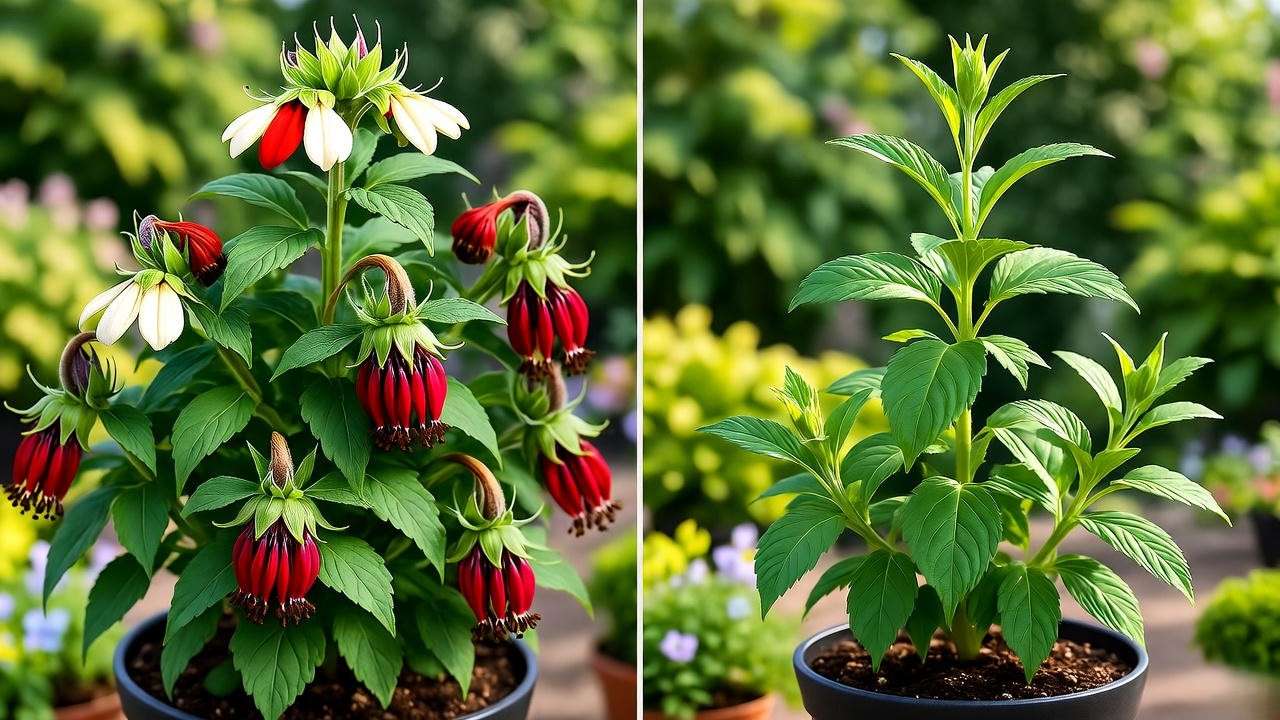
Tip 5: Pest and Disease Management
Hot Lips plants are relatively pest-resistant, but aphids, whiteflies, and spider mites 🕷️ can occasionally appear. Inspect leaves regularly, especially undersides, and use neem oil or insecticidal soap for organic control. Companion planting with marigolds or garlic can deter pests naturally. Diseases like powdery mildew or root rot are rare but can occur in humid or poorly drained conditions. Ensure good air circulation and avoid overhead watering to prevent issues. If mildew appears, treat with a baking soda spray (1 tbsp per gallon of water).
Tip 6: Winter Care for Hot Lips Plants
In Zones 7–10, Hot Lips plants are evergreen or semi-evergreen, requiring minimal winter care. In colder zones, protect them with a 3-inch layer of mulch (straw or bark) around the base. For container plants, move pots to a sheltered area or indoors near a sunny window. If frost damage occurs, wait until spring to prune dead stems, as they may still protect the plant. Example: In Zone 6, wrapping the base with burlap can help Hot Lips survive mild winters.
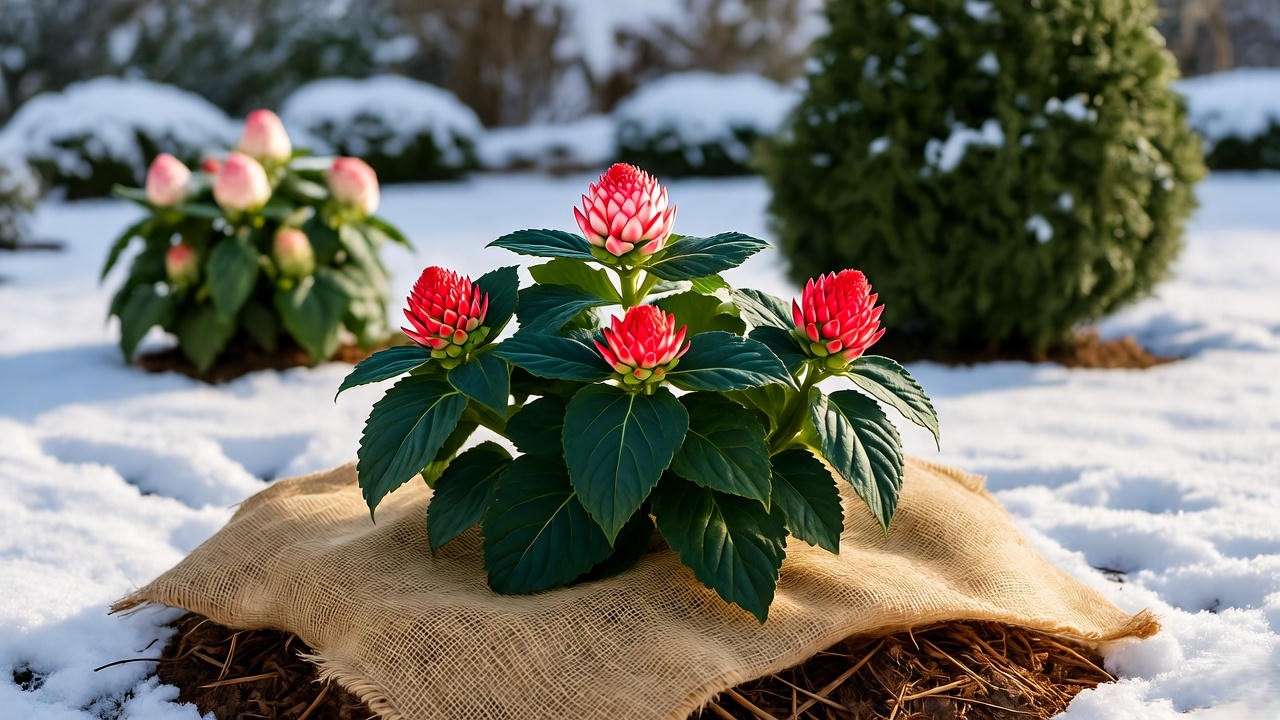
Tip 7: Propagating Hot Lips for More Plants
Propagating Hot Lips is a cost-effective way to expand your garden or share with friends. In early summer, take 4–6-inch stem cuttings from healthy, non-flowering shoots. Remove lower leaves, dip the cut end in rooting hormone, and plant in a mix of perlite and potting soil. Keep moist and in indirect light for 2–3 weeks until roots form. Success rate: About 80% with proper care. Example: One mature Hot Lips plant can yield 5–10 new plants in a single season! 🌱
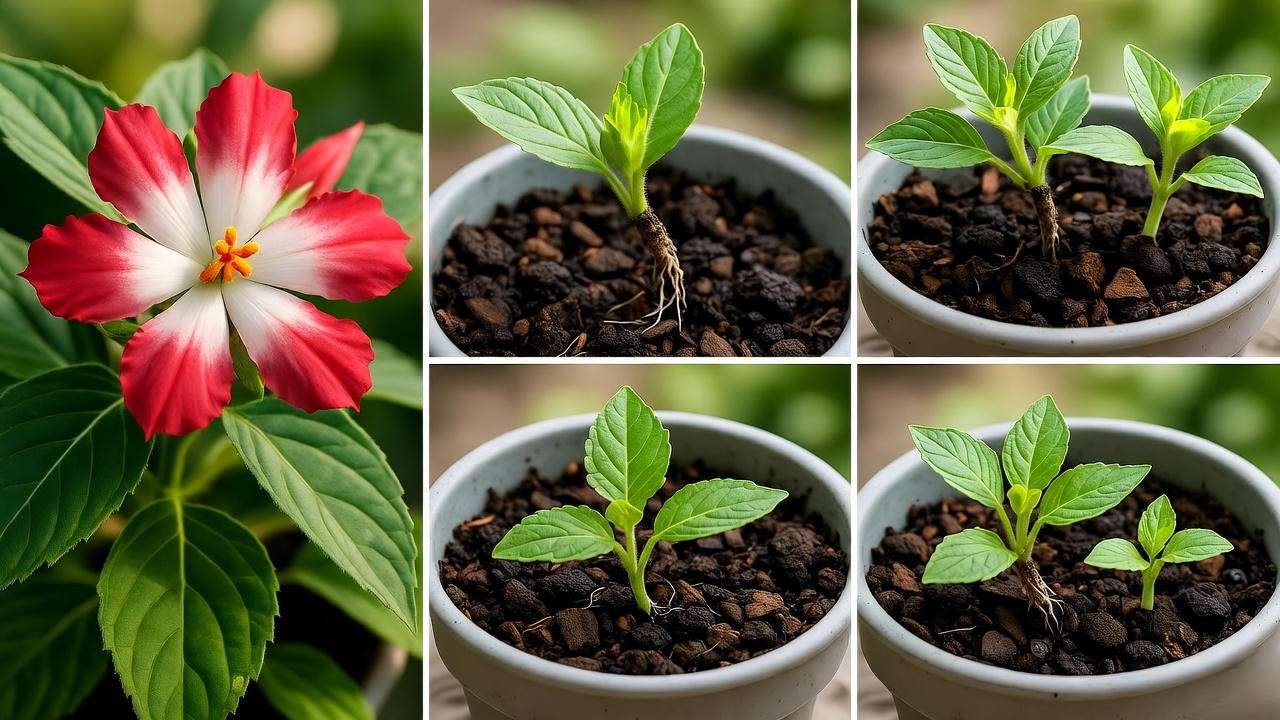
Troubleshooting Common Hot Lips Plant Problems 🛠️
Why Aren’t My Hot Lips Plants Blooming?
If your Hot Lips plants aren’t flowering, consider these culprits: insufficient sunlight (less than 6 hours), overwatering, or nutrient imbalances. Relocate plants to a sunnier spot, adjust watering to avoid soggy soil, or test soil for deficiencies. A phosphorus-rich fertilizer can boost blooms. Example: Moving a Hot Lips plant from partial shade to full sun increased blooms by 50% in one season.
Dealing with Yellowing Leaves
Yellow leaves often signal overwatering, poor drainage, or pests. Check soil moisture and ensure pots or beds drain well. Inspect for aphids or spider mites and treat promptly. If drainage is the issue, amend soil with sand or gravel. Example: Adding a 2-inch layer of gravel to a soggy bed revived a struggling Hot Lips plant within weeks.
Wilting or Drooping Plants
Wilting can result from underwatering, heat stress, or root issues. Water deeply if soil is dry, and provide temporary shade during heatwaves. Check roots for rot; if present, trim affected areas and repot in fresh soil. Example: A wilting Hot Lips plant recovered after consistent watering and a shade cloth during a 95°F week.
Expert Insight: “Most Hot Lips issues stem from environmental stress,” says Dr. Jane Liu, a plant pathologist. “Regular monitoring and quick adjustments can save your plants.”
Design Ideas for Showcasing Hot Lips Plants in Your Garden 🌳
Companion Planting
Hot Lips plants shine when paired with complementary species that enhance their visual appeal and ecological benefits. Consider planting them alongside lavender, rosemary, or catmint for a cohesive Mediterranean-style garden with similar care needs. These companions also deter pests with their aromatic foliage. For pollinator-friendly gardens, pair Hot Lips with coneflowers or bee balm to create a haven for hummingbirds, bees, and butterflies 🦋. Example: A border of Hot Lips and purple lavender creates a stunning contrast while supporting local pollinators. Pro Tip: Space companions 12–18 inches away to ensure good air circulation.
Using Hot Lips in Landscaping
Hot Lips plants are incredibly versatile in garden design. Use them to line walkways, create vibrant borders, or anchor rock gardens with their bold colors. In small spaces, plant them in containers for patios or balconies, where their compact size and long blooming season steal the show. For larger landscapes, mass plantings of Hot Lips create a sea of red-and-white blooms that draw the eye. Example: A cluster of three Hot Lips plants in a sunny corner with decorative rocks transformed a dull yard into a focal point. A simple garden layout diagram could illustrate this setup for readers.
Seasonal Displays
Keep your garden vibrant year-round by combining Hot Lips with seasonal annuals. In spring, pair them with tulips or pansies for a burst of color. In fall, complement their blooms with chrysanthemums or ornamental kale. Their evergreen foliage in warmer climates provides winter interest, especially when paired with cool-season grasses like blue fescue. Example: A mixed container with Hot Lips, autumn mums, and trailing ivy creates a stunning porch display from September to November. 🌷
Environmental Benefits of Growing Hot Lips Plants 🌍
Supporting Pollinators
Hot Lips plants are a lifeline for pollinators. Their tubular flowers are perfectly shaped for hummingbirds, while bees and butterflies flock to their nectar-rich blooms. By planting Hot Lips, you’re contributing to local ecosystems and helping combat pollinator decline. A 2023 study from the Xerces Society found that salvias, including Hot Lips, support up to 20% more pollinator visits than other common garden plants. Example: A single Hot Lips plant in my garden attracted three hummingbird species in one summer, proving their ecological value.
Drought Tolerance and Sustainability
Hot Lips plants are champions of water-wise gardening. Their deep roots and low water needs make them ideal for xeriscaping, reducing your garden’s environmental footprint. In regions facing water restrictions, Hot Lips thrives where thirstier plants fail. “Salvias like Hot Lips are the future of sustainable landscaping,” says environmentalist Laura Green, who specializes in drought-tolerant gardens. Pairing them with gravel mulch or native grasses enhances their eco-friendly appeal. Example: A California gardener replaced a lawn with Hot Lips and saved 30% on water bills annually.
FAQs About Hot Lips Plants ❓
How Fast Do Hot Lips Plants Grow?
Hot Lips plants are moderately fast growers, reaching their mature size of 2–3 feet tall and wide within 1–2 years under ideal conditions. Growth is fastest in full sun with well-draining soil. Regular pruning and light fertilization can accelerate development. Example: A Hot Lips plant I planted in spring doubled in size by fall with consistent care.
Can Hot Lips Plants Survive Winter in Colder Zones?
In USDA Zones 6 or below, Hot Lips plants may not survive harsh winters without protection. Apply a 3–4-inch layer of mulch around the base in late fall, and consider wrapping plants with burlap in extreme cold. Container plants can be moved indoors to a sunny spot. Example: A Zone 5 gardener successfully overwintered Hot Lips by mulching heavily and using a frost blanket.
Are Hot Lips Plants Deer-Resistant?
Yes, Hot Lips plants are deer-resistant due to their aromatic, slightly fuzzy leaves, which deer find unpalatable. To enhance protection, plant alongside other deer-repellent species like lavender or yarrow. Example: In a deer-heavy area, a Hot Lips border remained untouched while nearby roses were nibbled.
Why Do My Hot Lips Flowers Change Color?
Hot Lips flowers may shift from bicolor (red and white) to solid red or white depending on temperature and stress. Cooler weather often produces more white blooms, while heat increases red. This natural variation adds charm. Ensure proper care to minimize stress-related changes. Example: During a hot July, my Hot Lips plants produced mostly red flowers, reverting to bicolor in cooler September.
Can I Grow Hot Lips Indoors?
Growing Hot Lips indoors is challenging but possible with bright light (6–8 hours daily, ideally from a grow light) and well-draining soil. Maintain humidity around 40–50% and avoid overwatering. Indoor plants may bloom less but can thrive as foliage plants. Example: A windowsill Hot Lips plant flourished with a grow light supplementing winter sunlight.
Conclusion 🌱
Hot Lips plants are a gardener’s delight, blending vibrant beauty with easy care and ecological benefits. By following these seven essential tips—proper planting, wise watering, light fertilizing, regular pruning, pest management, winter protection, and propagation—you can ensure your Hot Lips plants thrive year-round. Whether you’re creating a pollinator haven, designing a water-wise garden, or adding color to a small patio, Hot Lips delivers unmatched versatility and charm. Start growing these stunning salvias today, and share your journey in the comments below! For more gardening inspiration, explore our articles on salvia varieties or pollinator-friendly landscaping. “Hot Lips plants bring joy to both gardeners and wildlife,” says Dr. Emily Carter. Let’s cultivate that joy together. 🌼

